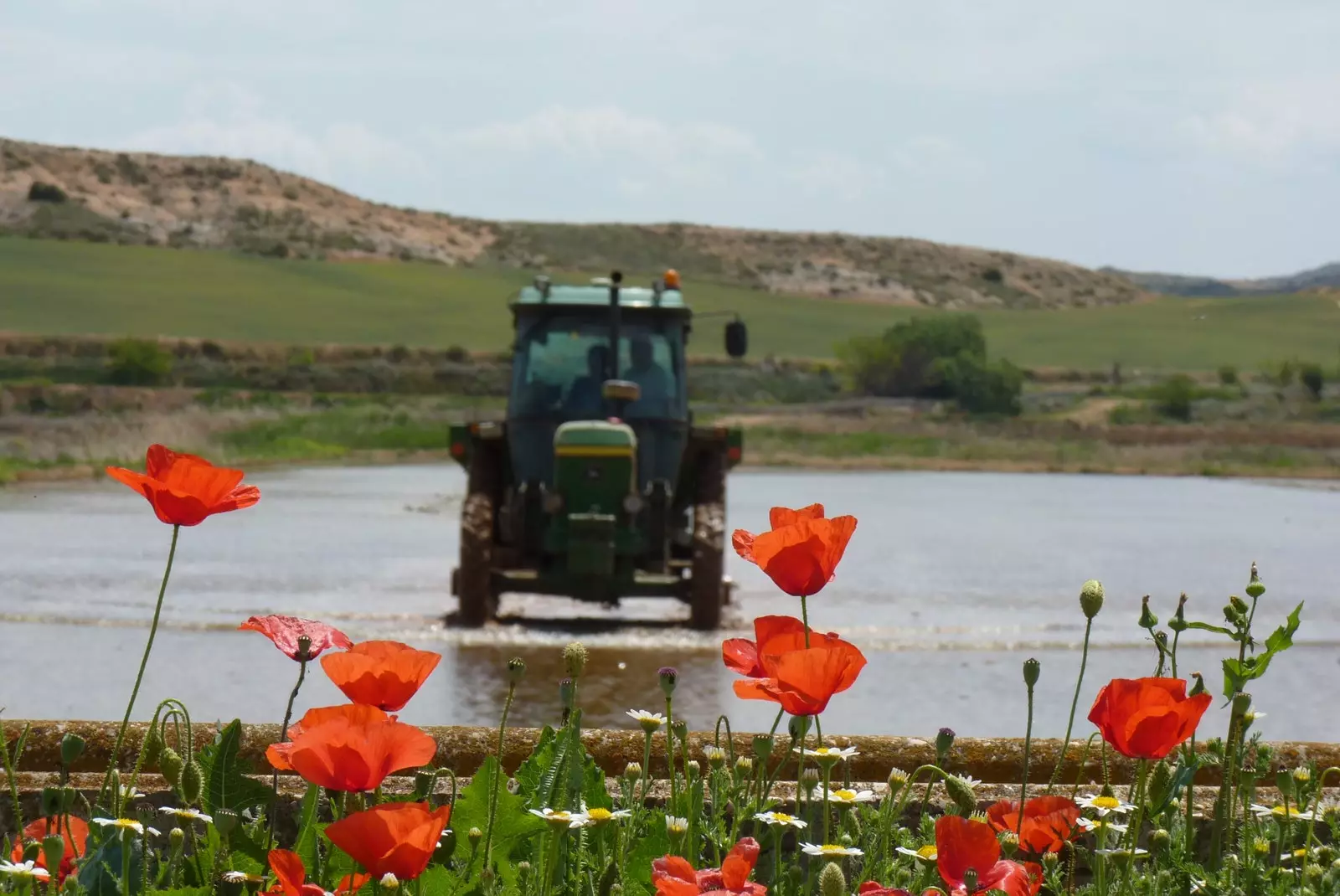
Rice grows in Aragon under very special conditions.
Many factors come together to make the north of Aragon a suitable place for the cultivation of rice. Among them, the altitude at which the fields are located and the purity of the water, coming from the melting of the snows of the Pyrenees.
“The rice fields of Aragón are located at the climatological limit of the cultivation area and therefore, as is the case with other agricultural products are of higher quality, This is how Salvador Falcó, from Val del Falcó, one of the Aragonese rice trading companies, tells us. In these extreme areas, lower productions are always recorded and there is a greater risk that the weather will reduce the harvest.
Rice grows where almost no other cereal is able to grow, since it admits enough salinity in the land. This feature makes it ideal for wastelands, opening up a way to monetize fields where nothing had ever been cultivated. The high clay component of the Alto Aragonese lands has also been decisive, since its low permeability saves a lot of water when the field must remain flooded.
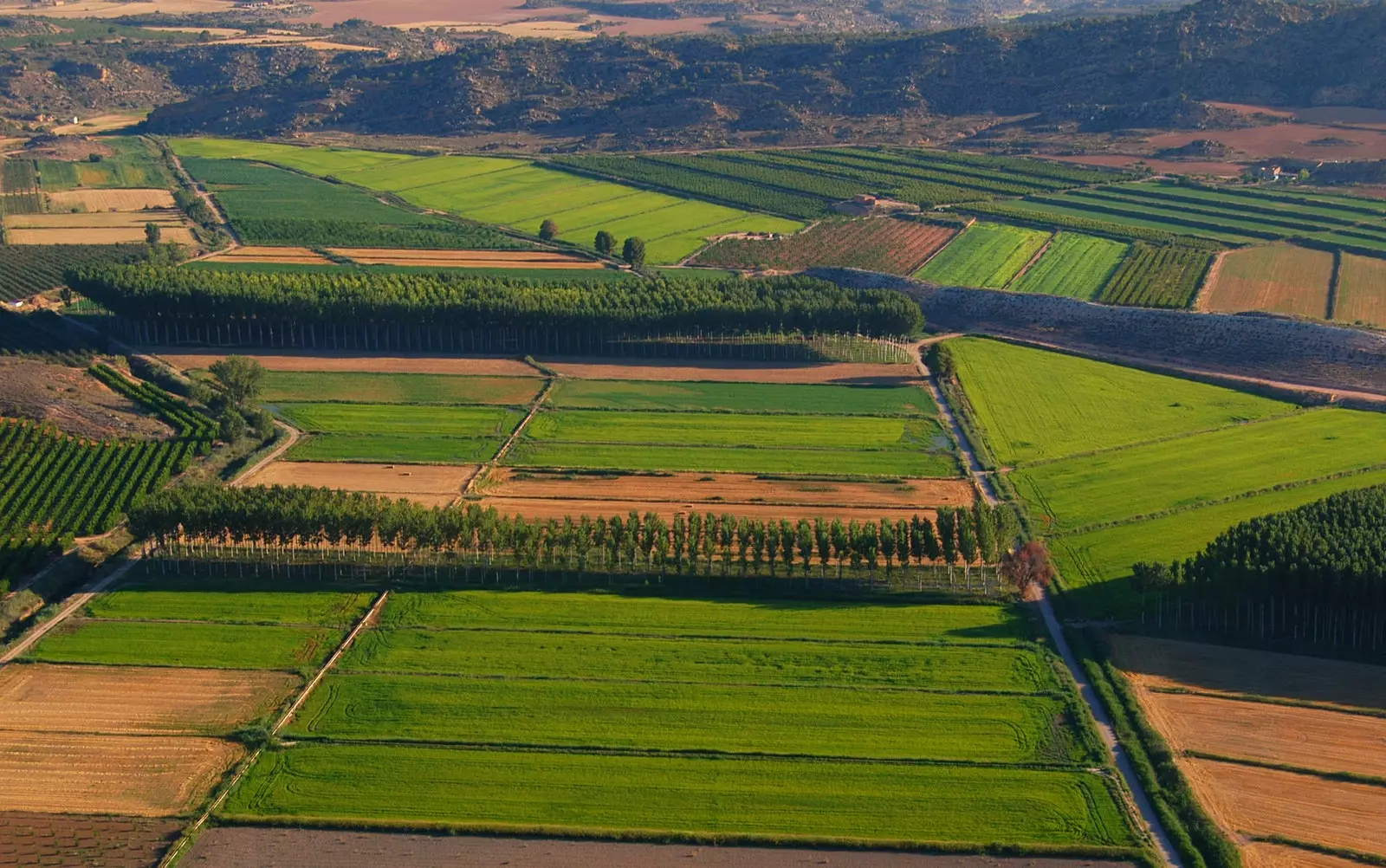
Aerial view of Prados de Colono, Aragon.
From the cultivation of rice other benefits for the ecosystem that houses it: being covered with water washes out the salts from the soil, improving the quality of the soil. This crop is also associated with a unique fauna, especially waterfowl, beneficial for enriching a previously more arid and poor ecosystem.
According to data from the Ministry of Agriculture, 90% of the world's rice is produced in Asia. In Europe, Spain ranks second in terms of production, only surpassed by Italy. And Aragon? It is currently the fifth producing region, although in past decades it came to occupy fourth place.
And it is that the area dedicated to rice in the community of Aragón is in sharp decline due to the stagnation of the sale prices of the product and the increase in production costs. However, there is still a path to explore: that of differentiated quality.
The institutions, with the CITA (Centre for Research and Agrifood Technology of Aragon) at the head, are working on a project called Innovation and improvement of the quality of rice in Aragon, which studies the organoleptic and culinary qualities of the rice grown in Aragon, determining the influence of the weather on its quality.
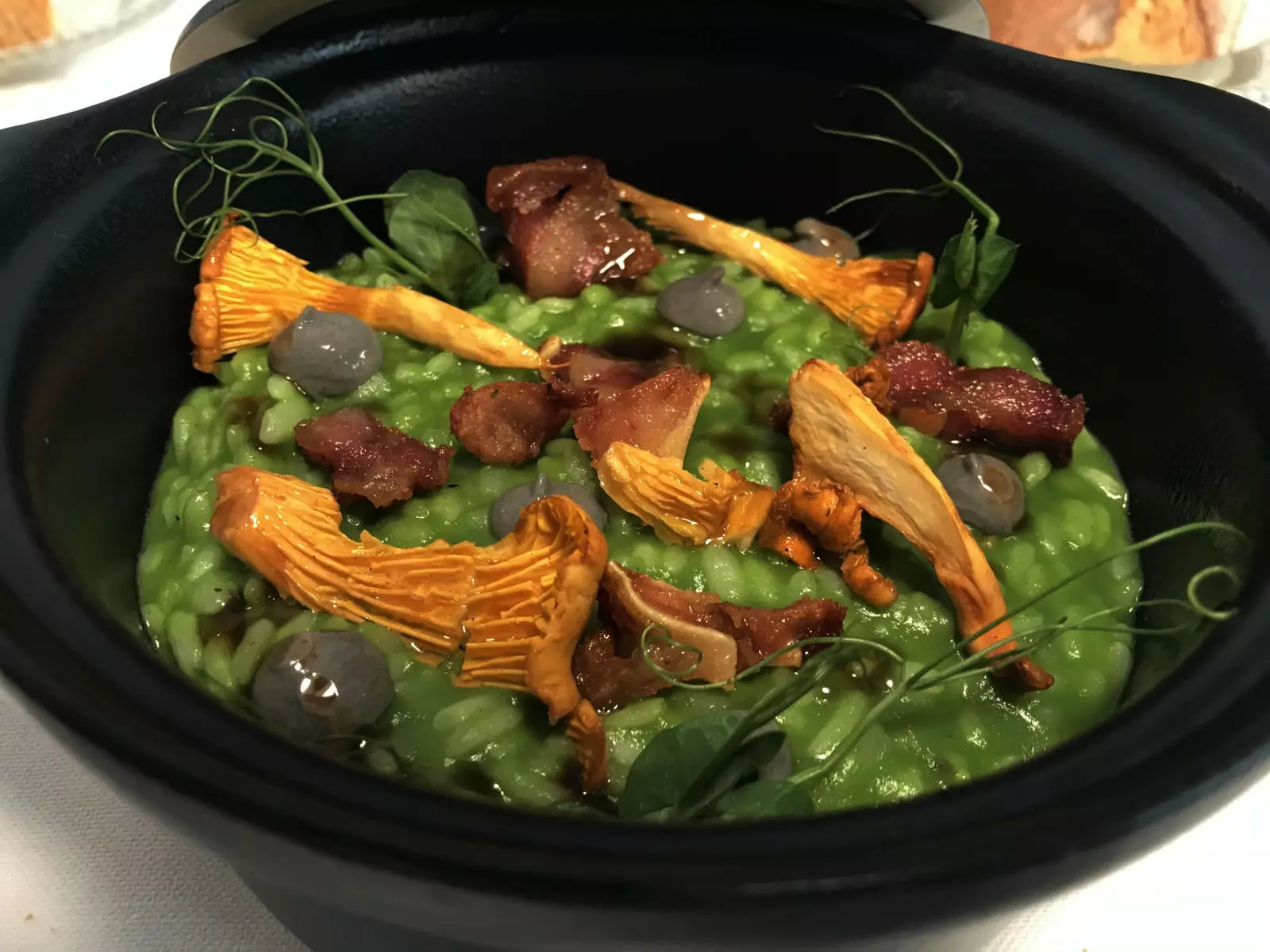
Borage rice at the Quema restaurant, where they use Brazal.
Along with Val del Falcó, mentioned at the beginning, Arrocera del Pirineo is one of the main marketers of Aragonese rice. Founded in 1996, it packs under the Brazal brand, rice grown by almost a hundred producers and rice cooperatives. They offer a gourmet line packed in cloth sack with a selection of their best rice dishes.
Some of the rice that Arrocera del Pirineo markets have the C'Alial guarantee brand, granted by the Government of Aragon. The cultivated varieties are Maratelli (round and pearly grain, very suitable for paellas), Guadiamar (medium and crystalline grain, fast cooking, ideal for white rice, sushi or garnishes), surely the most famous Bomba variety (short grain and pearly , ideal for soupy rice) and also known as balilla x sollana, round and perfect for making risottos and sweets.
In Alcolea de Cinca (Los Monegros, Huesca) carnaroli rice is produced under the Niral trademark. It is a rice native to Italy. Its absorption power is enormous, Niral admits up to five parts of broth or water for each one of sticky rice or risotto and up to seven parts of liquid for each one of rice for a good broth rice. Rice cultivation in Los Monegros began in the 1940s of the last century, with the implementation of new irrigation systems. Among its pioneers are some Valencian families who had already dedicated themselves to this crop.
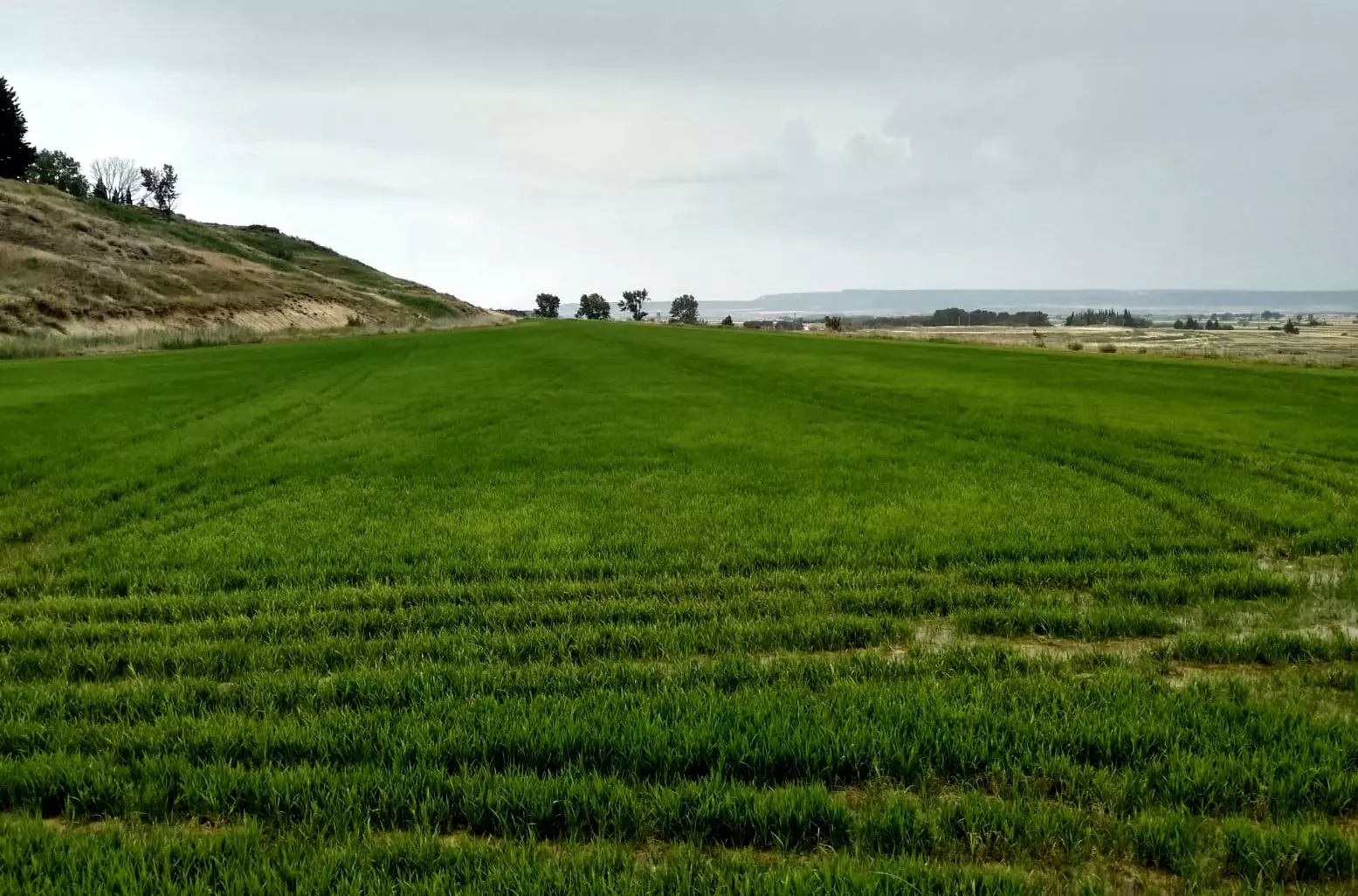
Rice fields of the Brazal brand.
PUMP RICE IN TERUEL
It is worth highlighting a small production initiative in the north of the province of Teruel. Rice cultivation is closely associated with the so-called "colonization towns", the one at hand being an example of this. Prados del Colono is the brand under which the rice grown in Valmuel, a district of Alcañiz, is marketed. A bomb rice that It ripens slowly during the month of September, benefiting from the mild temperatures. Prados del Colono rice is ideal for recipes in which a lot of broth is added, as it has a great absorption capacity and an exquisite flavour.
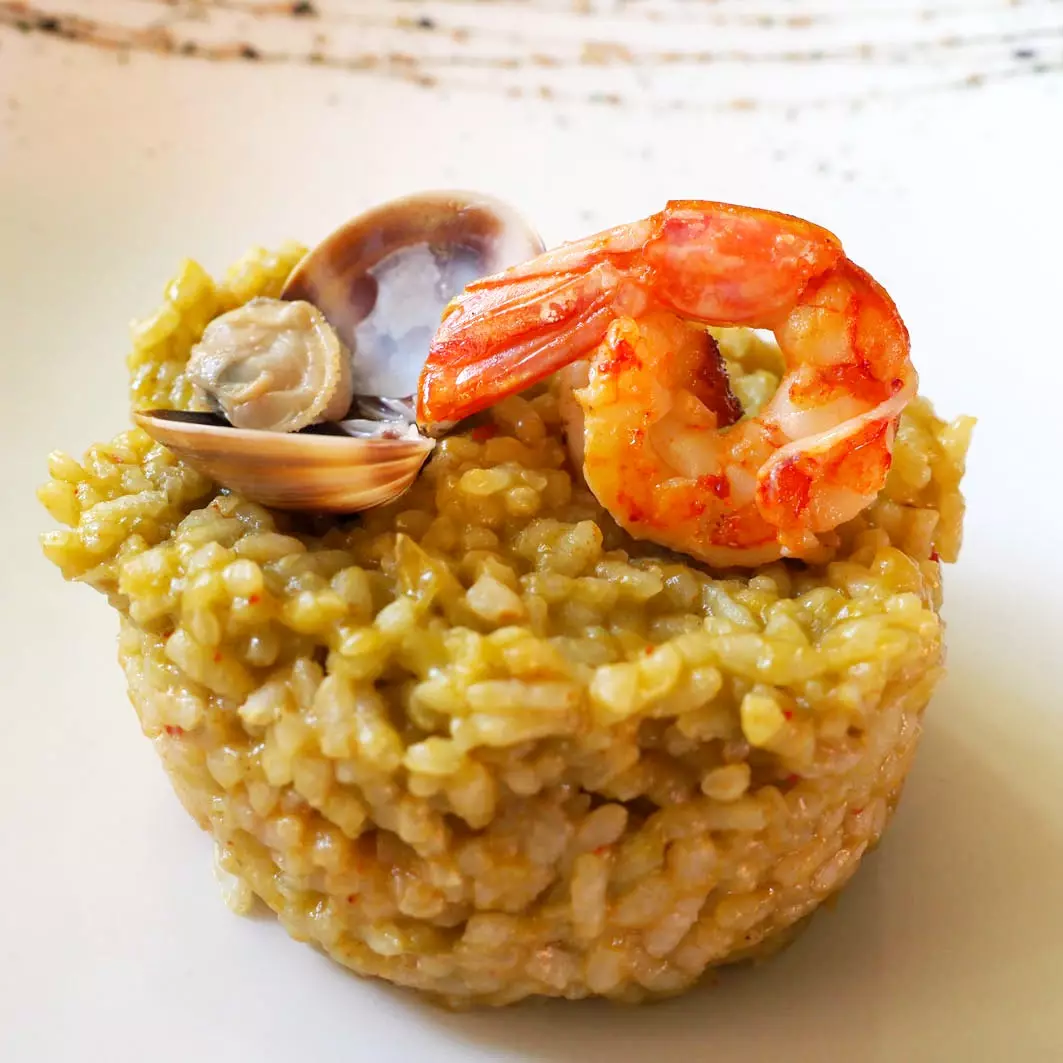
Rice with plankton at El Foro restaurant.
THE RICE OF THE HOSPITALITY
Few Aragonese chefs resist using such select rice in their recipes. The hotel industry knows the properties of this local rice and for this reason they are the best clients of the rice companies that operate in the region.
Seasonal rice dishes, such as the sweet Niral rice, forest mushrooms, spring garlic and broad beans from the Ayerbe garden that are served at the Vidocq restaurant (Formigal, Huesca), where they cook all their rice dishes with Niral de Alcolea de Cinca. Or the Carabineros rice dishes from the groundbreaking Bunkerbar de Zaragoza, a restaurant that has a dining room housed in an authentic bunker in its basement. The rice dishes on your menu are always made with products from the region, generally with Brazal or Val de Falcó.
In the Zaragoza restaurant El Foro they also supply themselves with this last brand to prepare their marine plankton rice with prawns and clams, its sea risotto with cococha cod or rice baked in a casserole. Rice dishes are one of their specialities.
They use Brazal at the Quema restaurant, located in the Pablo Serrano museum in the morning capital, to make their creamy rice with borage, fried ears and chanterelles.
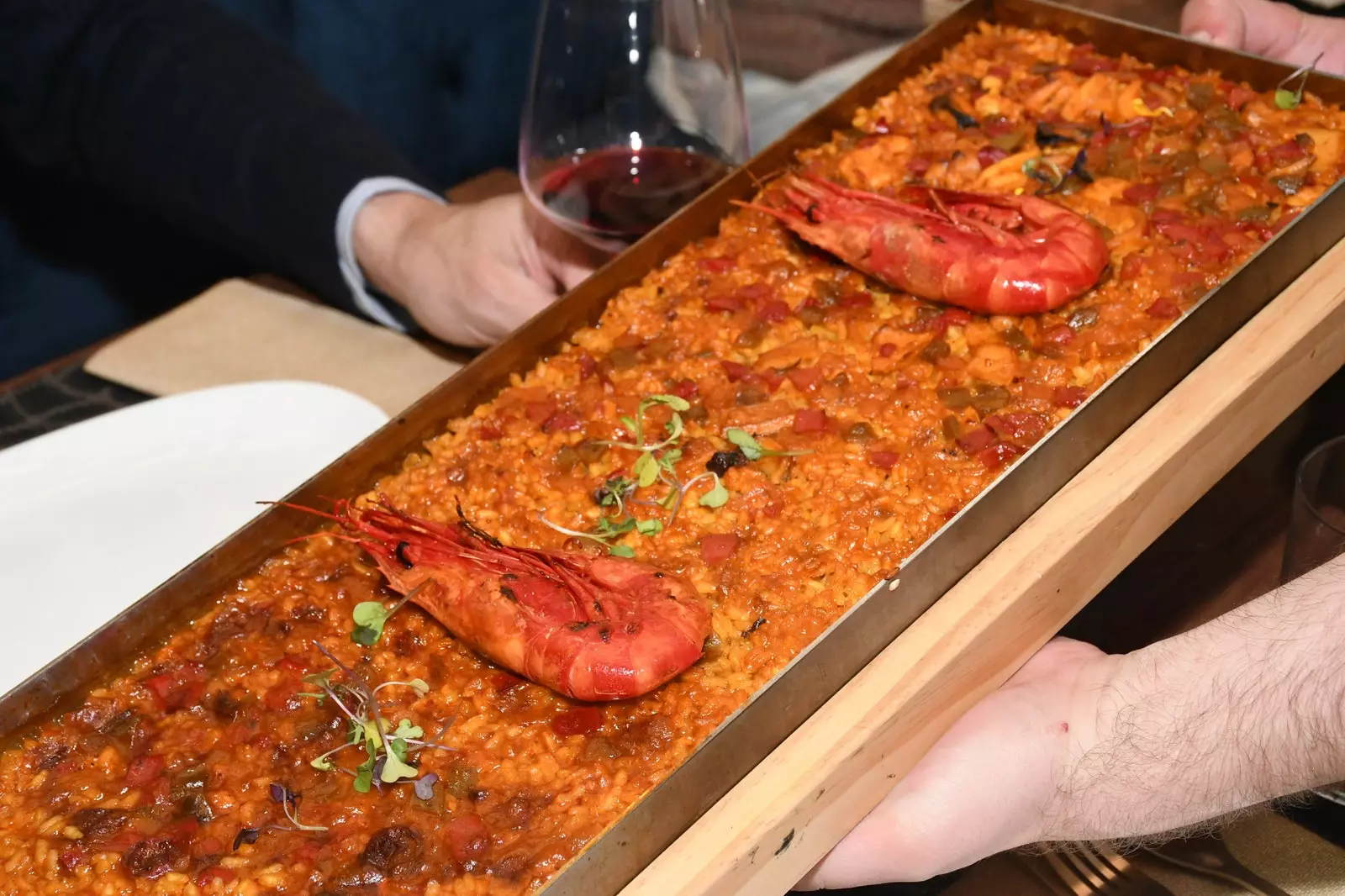
With Brazal they make their carabineros rice in Bunkerbar.
